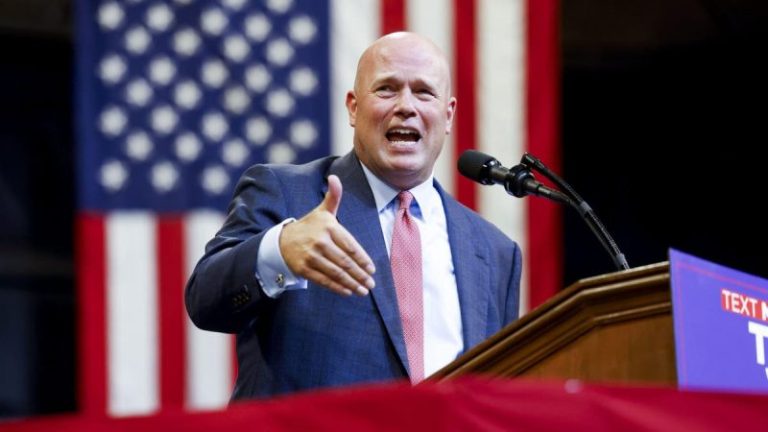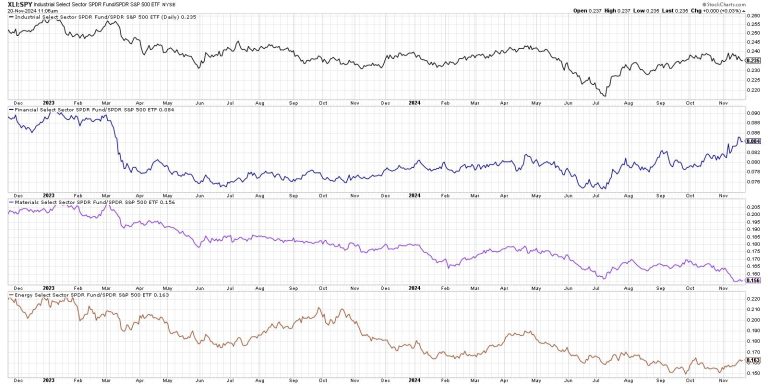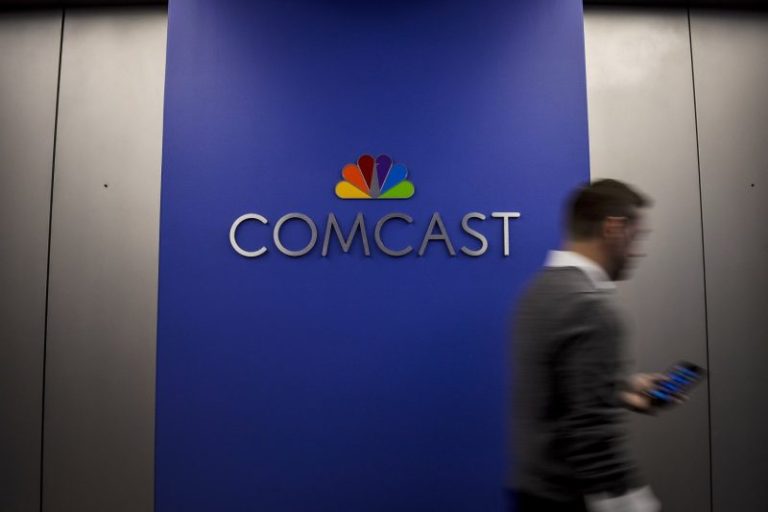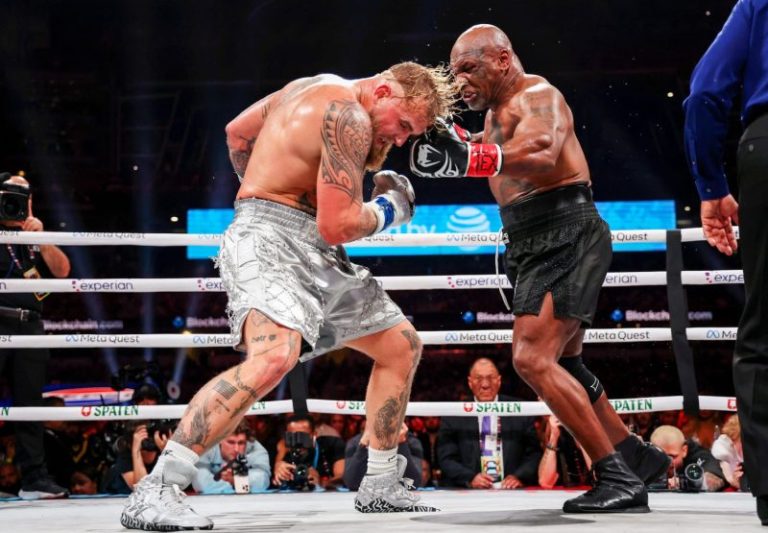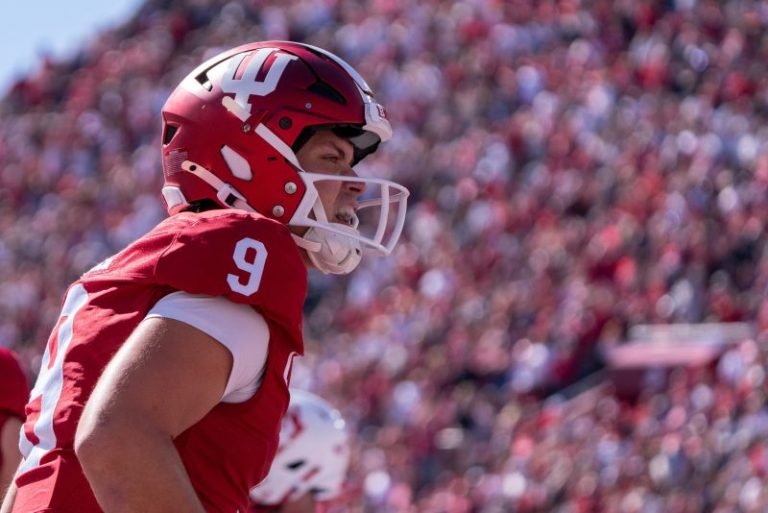How many? And how fast? That’s the question for the Senate in early January as it will sprint to confirm as many of President-elect Donald Trump’s nominees as possible. Senators cannot do much right now for a couple of reasons: Republicans are not in charge of the Senate, and Trump does not take office until noon EST on Jan. 20. However, there will be a flurry of action in January.
First the mechanics.
The incoming president was caught flat-footed in 2016 when he won. Trump lacked the personnel and political infrastructure to quickly develop a Cabinet, so he relied on the Republican National Committee and other ‘establishment’ Republicans to assemble his slate of nominees. Many of the nominees were not ‘Trump people.’ They struggled to build chemistry with the new president. Thus, Trump canned many when they rejected his wishes.
This time around, the incoming president is certainly tapping nominees who are aligned with his movement and are Trump loyalists. They may outrage the left – and, frankly, some on the right. However, they are his picks. That alone might smooth the confirmation process in some respects.
And frankly, it creates simultaneous headaches.
In late 2016, Republicans controlled the Senate. That enabled them to prepare prompt confirmation hearings for early January 2017. The confirmation hearing for former Sen. Jeff Sessions, R-Ala., to serve as attorney general came on Jan. 10-11. Future Homeland Security Secretary John Kelly appeared before senators for his hearing on Jan. 10. The hearing for Rex Tillerson to become secretary of state was Jan. 11. The Senate Armed Services Committee heard from Defense secretary nominee James Mattis on Jan. 12.
However, the Senate could not vote to confirm those nominees until the new president took office on Jan. 20. In the waning hours of Jan. 20, the Senate confirmed Mattis and Kelly.
For instance, the Senate did not confirm then-Transportation Secretary Elain Chao – and the wife of Senate Minority Leader Mitch McConnell, R-Ky. – until Jan. 31.
The Senate will have a rocket docket in early 2025.
As soon as senators brave the January chill and return from the viewing stand on the West Front of the Capitol on Jan. 20, they will warm their hands. Maybe sip a hot coffee or a scotch. It is then likely the Senate will vote on a comprehensive slate of Trump’s nominees into the evening.
‘I want to see us ready and poised to put President Trump’s nominees into the job on day one,’ said Sen. Bill Hagerty, R-Tenn. ‘We should be ready with his many Cabinet positions to confirm on the 21st of January as we possibly can.’
However, Democrats intend to erect roadblocks.
‘What are Democrats prepared to do in response? Whatever it takes,’ Sen. Alex Padilla, D-Calif., said on MSNBC. ‘Donald Trump is way beyond making a mockery of what an incoming president should be doing, regardless of who’s in the majority of Congress.’
Others want to at least conduct due diligence on the nominees. They are especially leery of the Senate circumventing the conventional confirmation process and installing some nominees without a vote during a recess of both the House and Senate.
‘That’s why we have to have hearings. That’s why this commotion about recess appointments in which Trump would get some of his cabinet picks in place without hearings and confirmation votes is incredibly disturbing because there are some really serious financial questions about his team. Especially his national security team,’ said Sen. Chris Murphy, D-Conn., on CNN.
Trump has signaled – and incoming Senate Majority Leader John Thune, R-S.D., has indicated a willingness – to potentially put some flailing nominees in place via recess appointments.
‘Recess appointments go back to the beginning of our republic,’ said Sen. Tom Cotton, R-Ark., on Fox, arguing their legitimacy.
However, Cotton suggested it was only liberals who were exercised about the possibility of recess appointments.
‘Once again, the left doesn’t seem to have learned anything from the campaign or really the last eight years. Hyperventilating about a supposedly anti-constitutional practice, which is in the Constitution itself.,’ said Cotton. ‘But I don’t foresee a need for recess appointments because I expect the Senate to work promptly and efficiently to process all of these nominations and to put Donald Trump’s Cabinet in place.’
Republicans are willing to blame Democrats for potential holdups on various nominees – potentially necessitating recess appointments. Ironically though, the issue would lie with the GOP.
Senate Republicans will have 53 seats next year. It only takes 51 ‘yeas’ to overcome a filibuster on a nominee for an administration post. Also, a simple majority to confirm. That is why some Republicans are keeping an eye on senators who they believe could defect – depending on the nominee.
It starts with McConnell. The Kentucky Republican suffered from polio as a child. Watch to see how he might vote when it comes to Health and Human Services secretary nominee Robert F. Kennedy, Jr.
Of course, McConnell will no longer lead Senate Republicans, so it is unclear how much sway he still commands around the Senate.
‘When he speaks, people will listen,’ said Sen. Lindsey Graham, R-S.C., to Al Weaver of The Hill.
Also in play is Sen. Todd Young, R-Ind., along with Rep. and Sen.-elect John Curtis, R-Utah.
Then there are Sens. Lisa Murkowski, R-Alaska, and Susan Collins, R-Maine. Both periodically bucked Trump during his previous term.
‘It would be a mistake in most cases to curtail the investigative process and the public hearings, because that is the Senate’s constitutional responsibility,’ said Collins.
The Maine Republican noted it is OK to short-circuit the process for ‘minor roles in the administration,’ but nothing else.
‘Certainly, when we’re talking about the Cabinet positions, we need to go through the normal process,’ said Collins.
Do not think for a moment that the new president and his enforcers on Capitol Hill will not be tracking potential defectors.
‘We’ve got the numbers to do it ourselves,’ said Sen. Tommy Tuberville, R-Ala. ‘We don’t need any Democrats to help us.’
There is a reason Trump dispatched Vice President-elect JD Vance to Capitol Hill this week to meet with senators and nominees.
Left-wing Democrats are appalled by some of the president-elect’s picks for his Cabinet, and some of them will follow what colleagues on their side of the aisle do, too.
‘I’m going to be watching every single Senate confirmation hearing because that will be the opportunity for our Senate colleagues to tell the truth. To tell the story. To shame the devil,’ Rep.-elect Lateefah Simon, D-Calif., warned on MSNBC.
So in January, get out your speed gun to clock the pace of confirmations. Also, observe the willingness of Republicans to either go along with the president-elect or stand on principle if they hold substantial opposition to a nominee. That could tell us a great deal about the nature of the Senate under incoming President Trump. The next thing to watch? Whether there will be retribution for those who buck him.
This post appeared first on FOX NEWS

